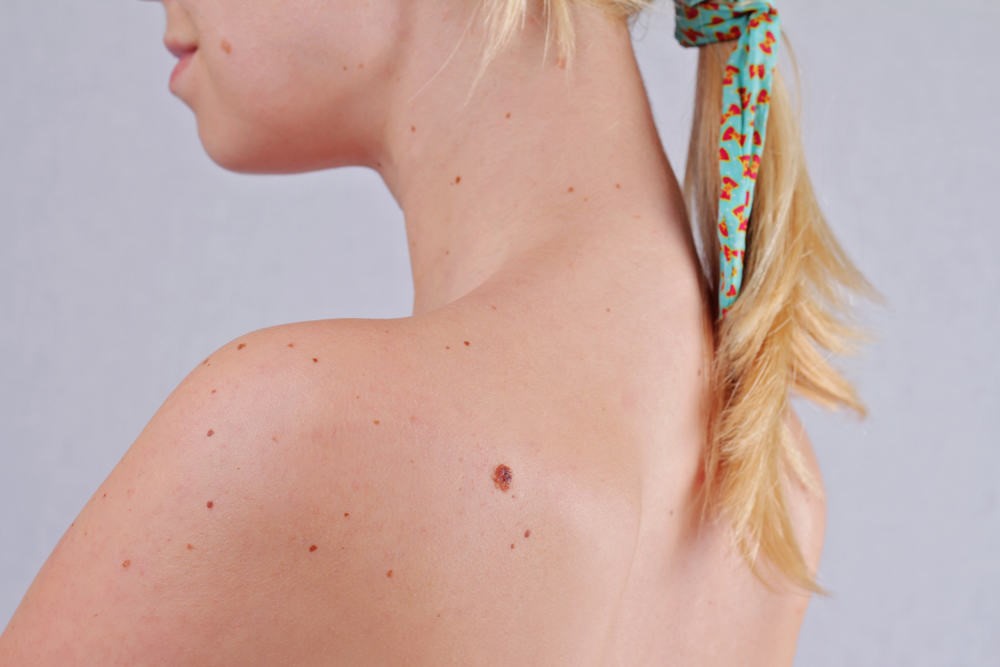 " title="How to Remove Skin Tags, Causes, and More
" decoding="async" srcset="https://www.medrot.com/wp-content/uploads/2022/03/Skin-Tags.jpg 1000w, https://www.medrot.com/wp-content/uploads/2022/03/Skin-Tags-300x200.jpg 300w, https://www.medrot.com/wp-content/uploads/2022/03/Skin-Tags-768x512.jpg 768w" sizes="(max-width: 1000px) 100vw, 1000px" />
" title="How to Remove Skin Tags, Causes, and More
" decoding="async" srcset="https://www.medrot.com/wp-content/uploads/2022/03/Skin-Tags.jpg 1000w, https://www.medrot.com/wp-content/uploads/2022/03/Skin-Tags-300x200.jpg 300w, https://www.medrot.com/wp-content/uploads/2022/03/Skin-Tags-768x512.jpg 768w" sizes="(max-width: 1000px) 100vw, 1000px" />Skin tags, which are an extension of normal skin, are highly common and typically innocuous. Skin tags are little soft growths that cling to a slender stalk of tissue. They’re normally quite little, although they can grow to be a few millimetres long. They’re made up of a vascular system and fragile collagen tissue. Skin tags can be light or black.
Some individuals just have a single skin tag, while some have a multitude. Skin tags could affect people of any age, but they are more prevalent in adults. Approximately half of all adults will experience one at some stage of life.
Table of Contents
What are Skin Tags?
A slender, thin stem called the peduncle connects skin tags to the skin. They are not infectious, however, they are a fleshy protrusion on the skin that is fairly frequent. Everyone, especially adults, can be affected. Even though it can also happen to children. Skin tags aren’t known to be hazardous, although they can be aggravating. People may experience aesthetic issues as a result of it. These benign skin growths are noncancerous.
Cause of Skin Tags
- Skin tags affect almost half of the population and grow more common as people get older. It’s unclear why they appear.
- If you have additional family members who have had skin tags, it’s possible that genetics is to blame.
- Skin tags are most commonly caused by clumps of collagen or blood vessels becoming stuck inside thicker sections of skin. This build-up is caused by skin friction and results in a growth that is usually the same colour as your skin.
- Hormone changes, such as during pregnancy.
- Skin tags could be caused by obesity or diabetes.
- Insulin resistance is a term used to describe a condition in which Insulin resistance was shown to be more common in patients with many skin tags, according to research. They also discovered that persons with many skin tags were more likely to have a high BMI and lipid level.
Small patches of skin that are the same tone as the epidermis or hyperpigmented are signs and symptoms of skin tags. They are usually linked to the basal skin by a tiny stalk-like ring of tissue. Skin tags do not cause pain or discomfort unless they cause irritation to the skin.
Symptoms
The majority of skin tags are tiny. Some can reach a length of several inches. The skin’s patches are supple. It could be smoother and round, crumpled and skewed, or a combination of the two. Certain tags are thread-like and resemble rice grains. The skin patches could be flesh-coloured.
Shaving your underarm might trigger these tags to appear, particularly if you have an olive or deeper tone. The contact of the razor blades against the skin, as well as the minute cuts generated by continuously shaving over the same area of skin, cause the skin to darken over time as it repairs and thickens to cope with the razor and friction.
Treatments
Skin tag removal by Dermatologist
As shortly as skin tags develop on the skin, they must be excised. It’s a regular operation that only a dermatologist can perform. Skin tags can look like moles or warts. We’ll go over a few different approaches to removing skin tags.
Cauterisation
Cauterisation is a sophisticated dermatological process that entails employing thermal energy or radiofrequency to scorch the skin tag. This is a one-time clinical process that takes only a few minutes.
Excision
Excision is a minor surgical technique in which skin tags are removed with a scalpel or medical scissors. A sharp, sterilized scissor will be used by the dermatologist to cut the skin at the foundation of a skin tag. You won’t feel anything if the skin tag is small. The doctor may employ local anaesthetic or numbing medicine for larger ones. Determined by the size of the skin tag, your dermatologist may use sutures.
Cryosurgery
Cryosurgery is a technique that uses liquid nitrogen to freeze a skin tag. This therapy inhibits the skin tag from developing, and it finally falls off on its own.
Ligation
Ligation is a direct way of cutting off the blood flow to a skin tag by putting surgical thread around it. As a consequence, the skin tag gradually falls off.
Laser therapy
Laser technology is used to precisely demolish the skin tag from its bottom without hurting the nearer epidermal layer in this skin tag removal procedure.
Electrosurgery
This technique is done after the skin tags have been burned off using high-frequency electric electricity. The treatment includes heating the skin with photocurrent to produce tissue death in very small and precise areas.
Risks of removing skin tags manually
You may be using dental floss, cotton, or a string from your clothing to remove the skin tags. If you try to remove the skin tags manually, however, you run the risk of significant complications. There’s a good probability you’ll bleed and get infected. If you remove it yourself with blades, there’s a danger you’ll get an infection if the scissors aren’t sterilized. Of course, if you use excessive effort to remove skin tags from your skin, you risk bruising or tissue damage. This can leave a lasting scar on your skin.
Although skin tags are a benign development on your skin, failing to distinguish between them and cancerous growths can lead to serious and catastrophic consequences. As a result, we strongly advise you to seek the opinion of a dermatologist.
There are numerous successful home cures, but if skin tags bleed, sting, or continue to expand, you should consult a dermatologist. The procedure is less time consuming than you may anticipate.
Tips to prevent skin tags
- Wearing clothing or jewellery that irritates your skin should be avoided.
- Select menus that are low in calories and fat and calories with the help of your dermatologist and a dietician.
- To avoid friction, keep all skin folds dry.
- For at least 30 minutes, work out at a medium to high tempo.
- Reduce friction in the areas where tags are most likely to form and keep track of your hormonal fluctuations.
- Avoid shaving underarms quite too often.






